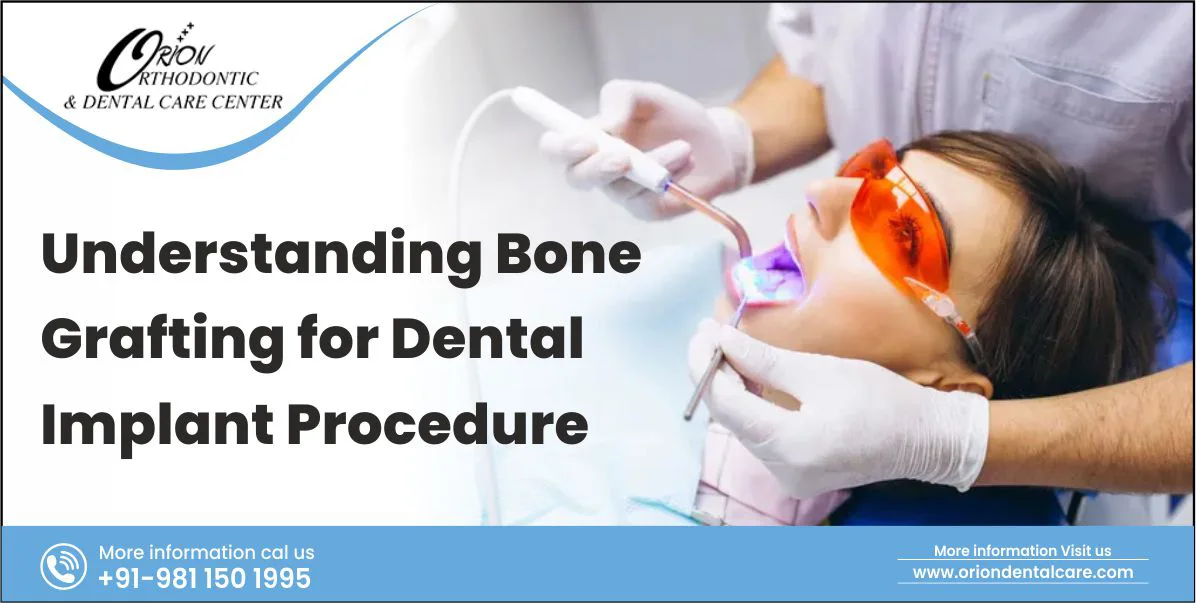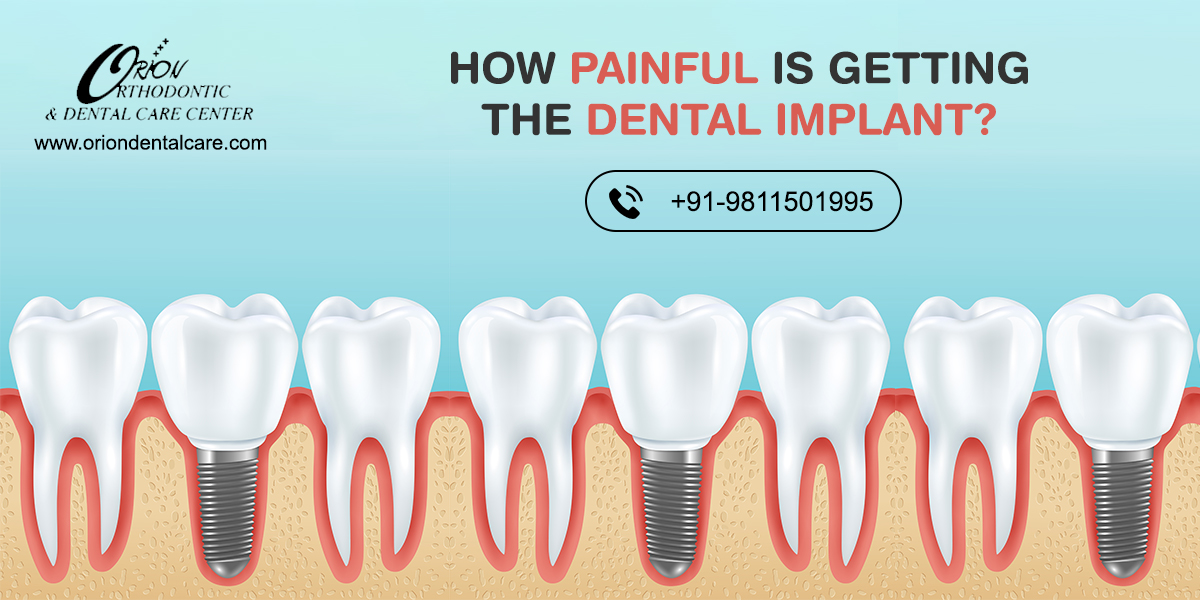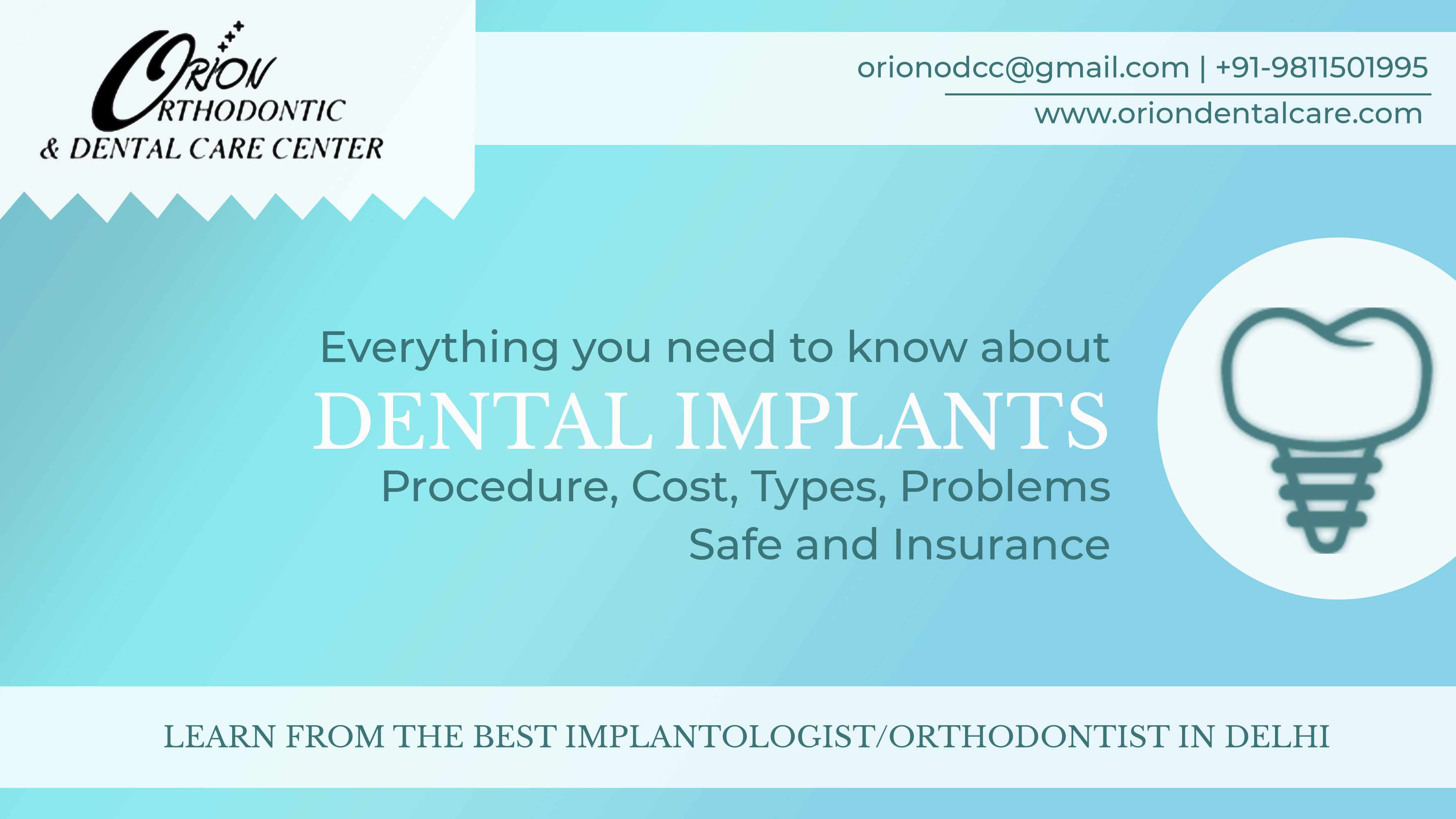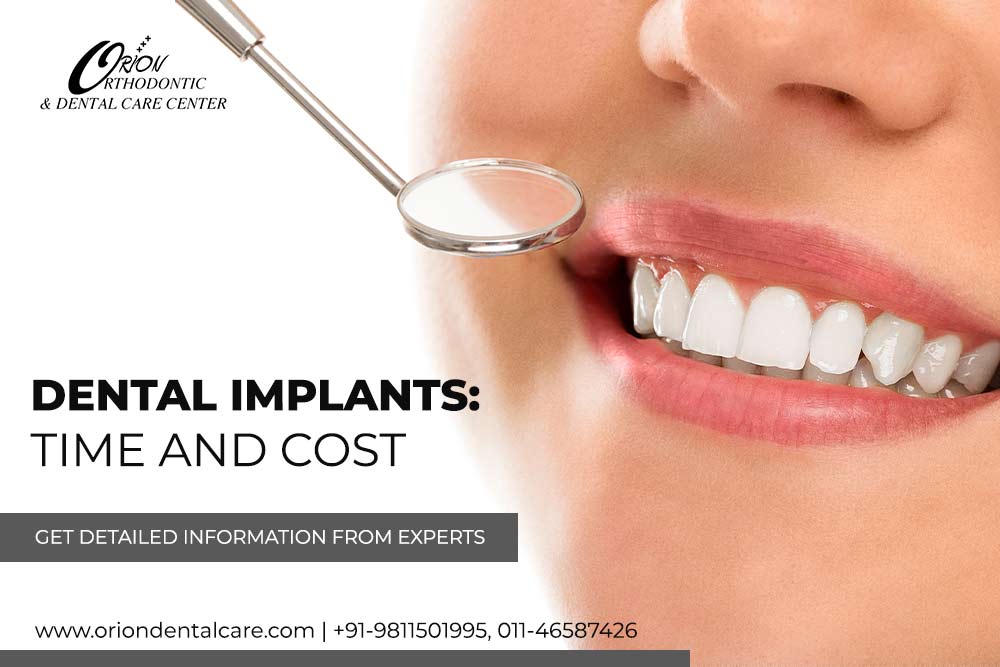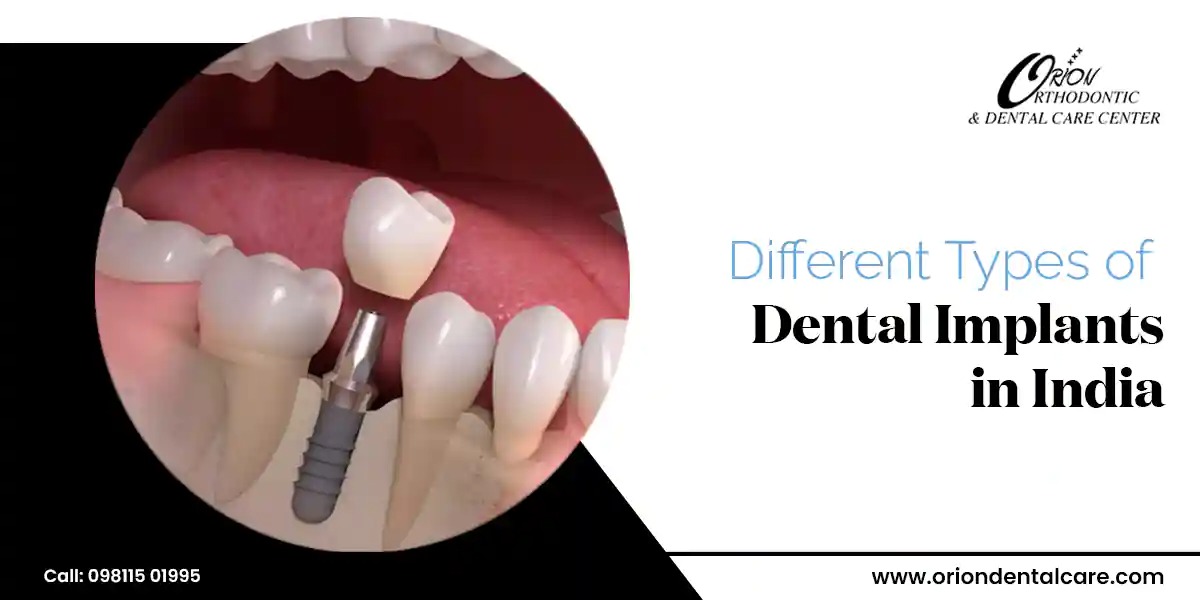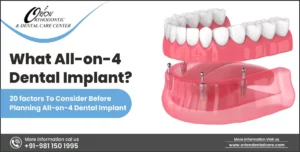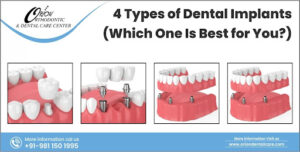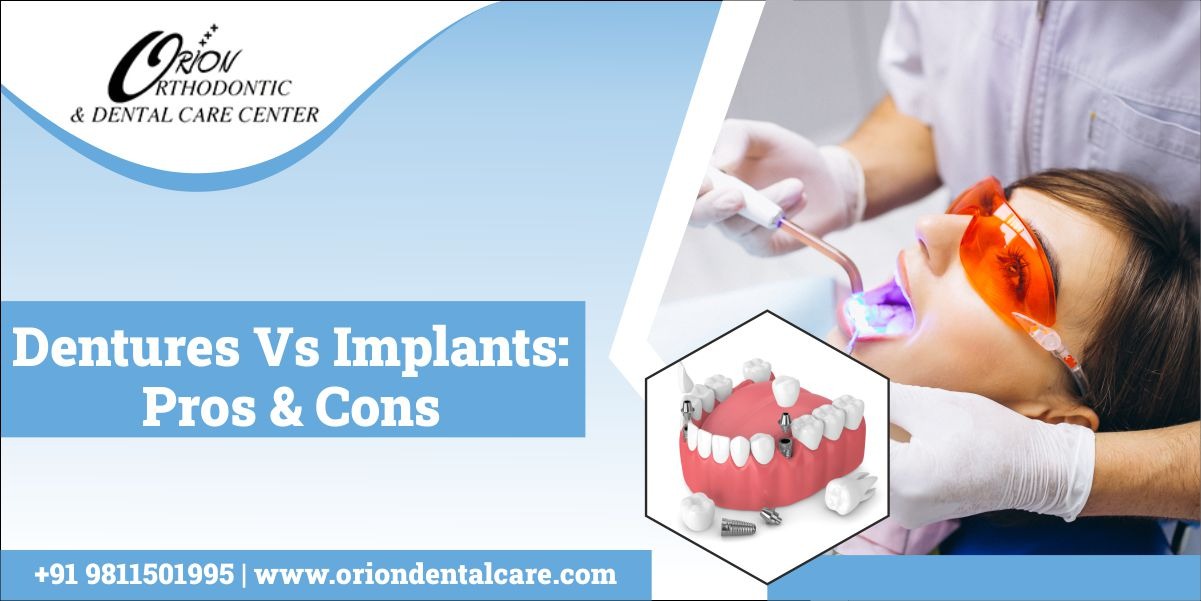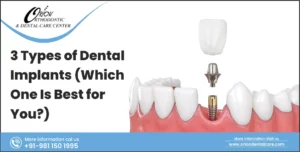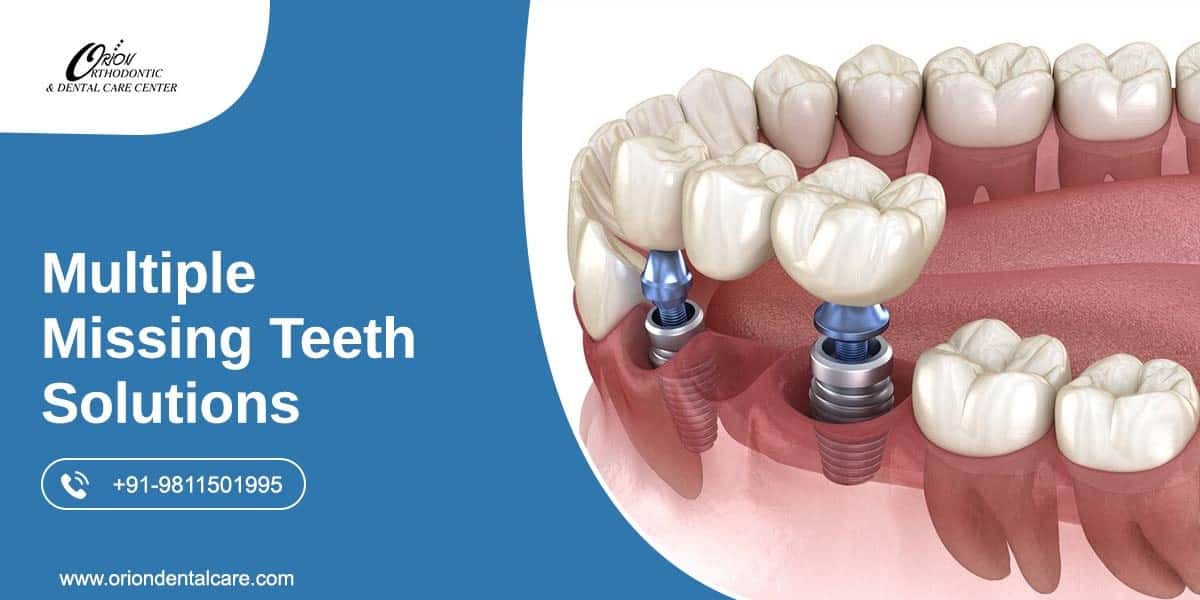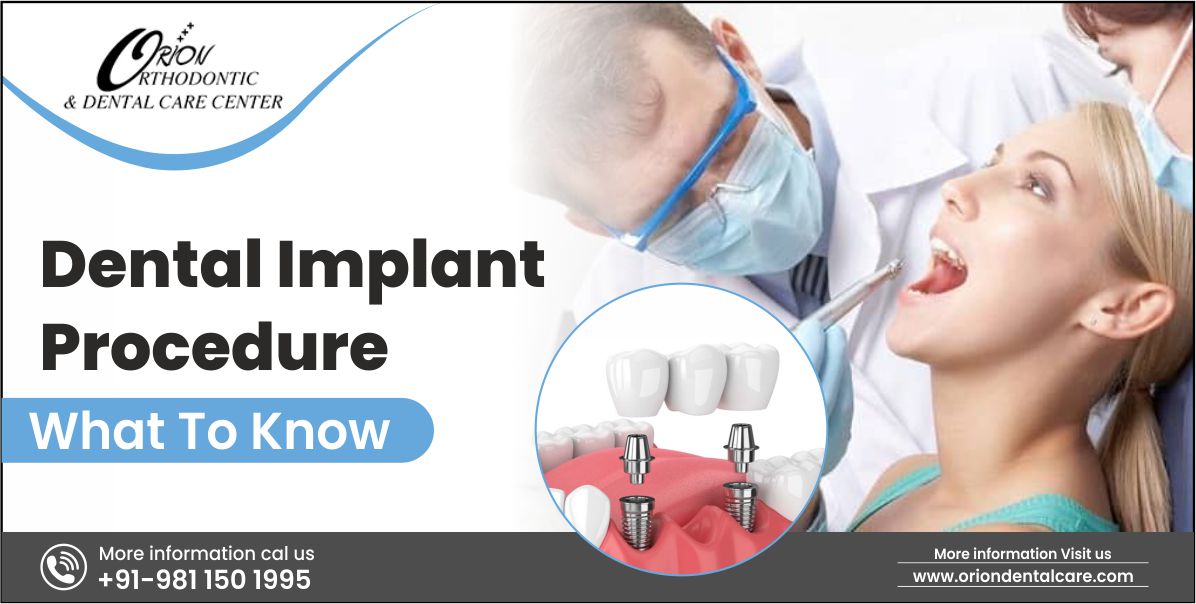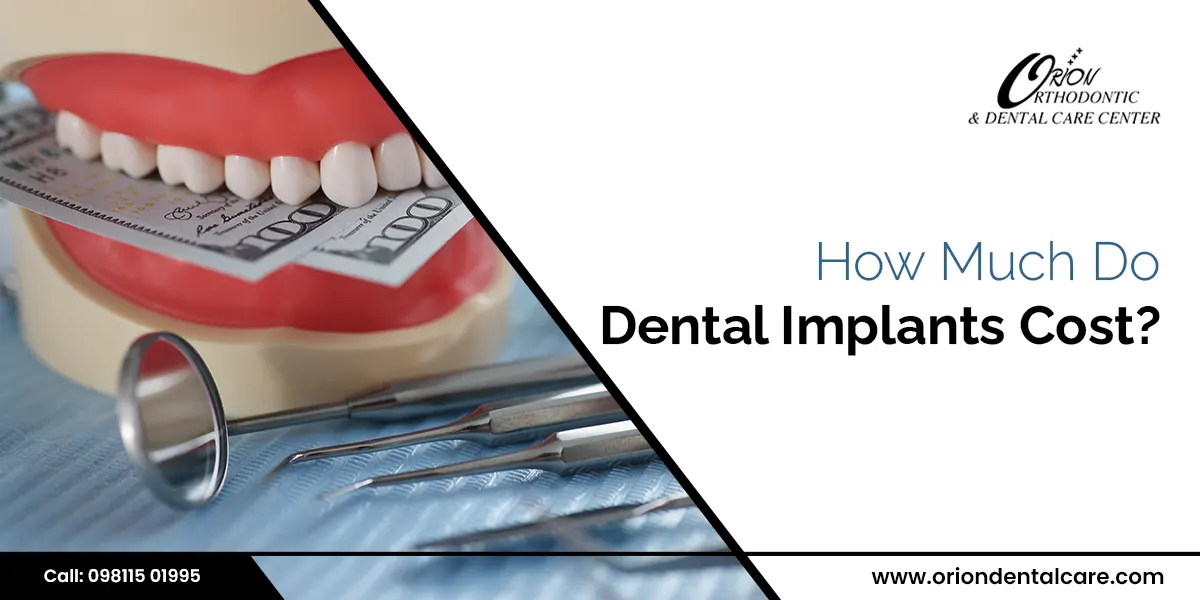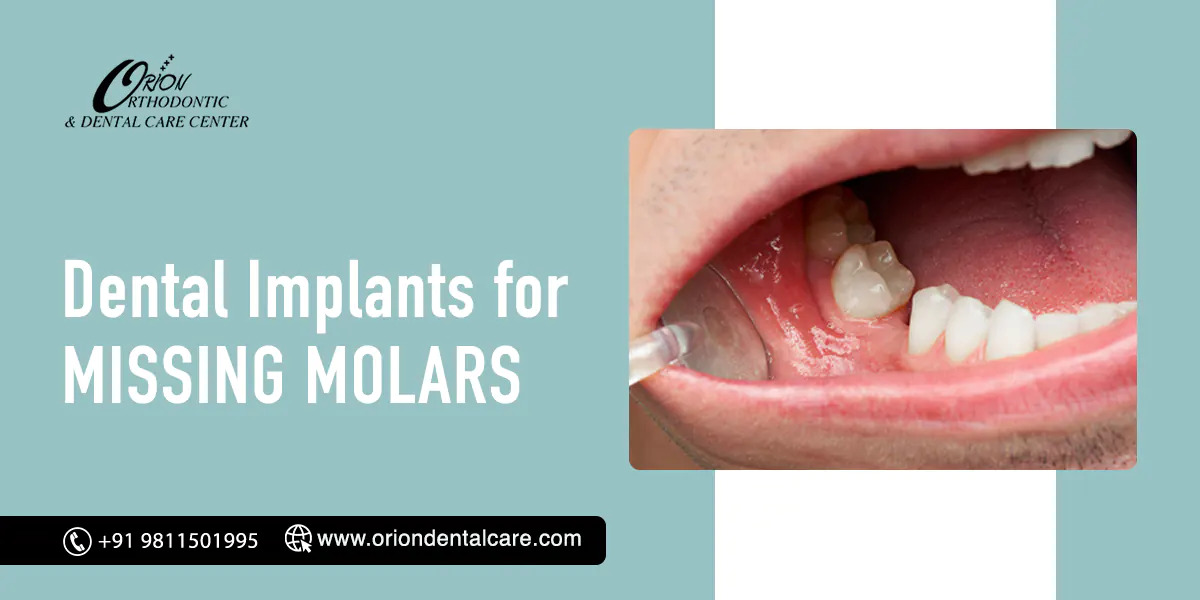When bone loss appears in the jaw, the bone graft for a dental implant is vital. This process is normally done before a dental implant or when the loss of bone is not affecting the nearby teeth.
What is a dental bone graft?
The material of bone graft can be obtained from your own body, or it may be bought from the tissue bank of humans (allograft) or the tissue bank of animals (xenograft). Sometimes the bone graft material can also be synthetic.
How does a dental bone graft work?
When the bone graft has been put in place, it holds the ground firmly for your body to repair. Or we can say that a dental bone graft is similar to a scaffold on which the tissues of bone grow and regenerate.
For instance, your dental provider can mix a dental bone graft and platelet-rich plasma (PRP). This is collected from a blood sample and helps promote fast healing and regeneration of tissues.
Who needs a dental bone graft?
A person with bone loss requires this process. This process is suggested to you if it’s among the following:
About to have a tooth extracted?
Want to change a missing tooth through a dental implant?
The requirement is to build the jaw again before having dentures.
How common are dental bone grafts?
It’s quite common nowadays. This procedure can be performed by a general dentist or any dental specialist, such as a periodontist or an oral surgeon.
Different types of bone grafts?
The underlying is the varied types of bone graft procedures.
Socket preservation.
Also called ridge preservation, this form of graft is put in the socket just after the tooth has been extracted. It covers the spaces left by the missing tooth and stops the socket’s side from coming in.
Ridge augmentation.
If it’s been a time for your teeth missing, the jawbone, which is in support, may become thinner than the previous form. Ridge augmentation enhances the width and volume of the jawbone so it can give a strong foundation required for implants or any other restorative options.
Sinus lift.
The maximum sinuses are found on the back teeth of the above side. If the upper back teeth are not there in their place, the sinuses can come downwards and can occupy the rig of the teeth’s roots. In this case, you would not like implants as they would enter the membranes.
To tackle this case, your oral surgeon or periodontist can do a sinus lift. This procedure shifts the sinus upwards and puts it back in its actual position. A dental bone graft is placed under that sinus, making a strong foundation for the upcoming dental implants.
Periodontal bone graft
Infection from gum disease can decrease the density of the bone that helps the teeth in support. This later results in the teeth becoming loose. A periodontal bone graft surrounds the existing tooth to decrease movement and provide extra support.
Usually, bone graft procedures for dental implants heal fully before the dental implant is positioned. However, the procedure for healing may vary for each person and so is the recovery.
Procedures before dental bone graft placement?
Initially, an oral examination is performed to check the grade of the oral cavity. Dental X-rays or other oral scans are performed to determine the amount of bone loss.
Then, your dentist will discuss the treatment process and its options with you and will form a particular treatment plan considering you and the health status of your teeth.
Procedures during dental bone graft surgery?
First, the dental provider will give a local anesthetic to the required area. Further, they’ll make a small incision inside the gum. Gum tissue is pushed back to make the jawbone visible. After disinfecting the area, your dentist put materials of bone graft to heal the defect.
Most of the time, the bone graft is covered to get added protection. Eventually, the gum tissue is put to the previous position, and the incision is closed back.
What are the outcomes after a dental bone graft?
After a dental bone graft, Pain and swelling can occur. These are just normal side effects that would fade out in the span of a few days.
Pain relievers can help in these cases. You can also be given antibiotics from your dentist, which should be consumed as prescribed by the dentist.
You can also notice small pieces of bone visible from the site for the initial few days. The piece looks like grains of salt. This is usually not a big problem but contact your dentist to ensure the healing is taking place as expected.
How painful is a dental bone graft?
Most people who have undergone the dental bone graft report no or little pain. Make sure you take all medications as told by the doctor and follow the instructions with care and discipline.
Are you put to sleep for a dental bone graft?
Normally, the placement of a bone graft does not need you to put it to sleep; local anesthesia can do this very well. Many dental providers also offer sedation to give relief, which includes nitrous oxide and IV sedation.
Normally general anesthesia may be recommended if the case is more involved. This, the dentist will tell you which option is more appropriate for you.
Can dental bone grafts fail?
Dental bone grafts have a high rate of success. However, like every other, this can also have minute chances of failure, especially among people with smoking habits and those with certain medical conditions or limitations.
The Signs that dental bone graft can fail are:-
- Initial pain or swelling that increases after the first week.
- Drainage of pus from the site of bone graft.
- If the gum is pulling out of teeth, i.e., gum recession.
- If there is no enhancement in the volume of the jaw bone.
What are the advantages of dental bone grafts?
Dental bone grafts can enhance your eligibility for dental implants or other treatments. This method brings your jaw back to its original position following the loss of a tooth or gum disease.
What are the risks or complications of dental bone grafts?
Usually, the bone grafts in your mouth are safe. However, the procedure includes a few risks that include:-
- Infection in the site.
- Excessive bleeding.
- Damage of nerves.
- Anesthesia complications.
How long does it take to recover from a dental bone graft?
Although one week or two can take you back to your actual state of mouth, healing of dental bone graft in complete form can take roughly three to nine months, in a few cases, maybe longer.
Recovery times are defined by many factors like the type of graft implanted, the area of placement, and your body’s recovery capacity.

